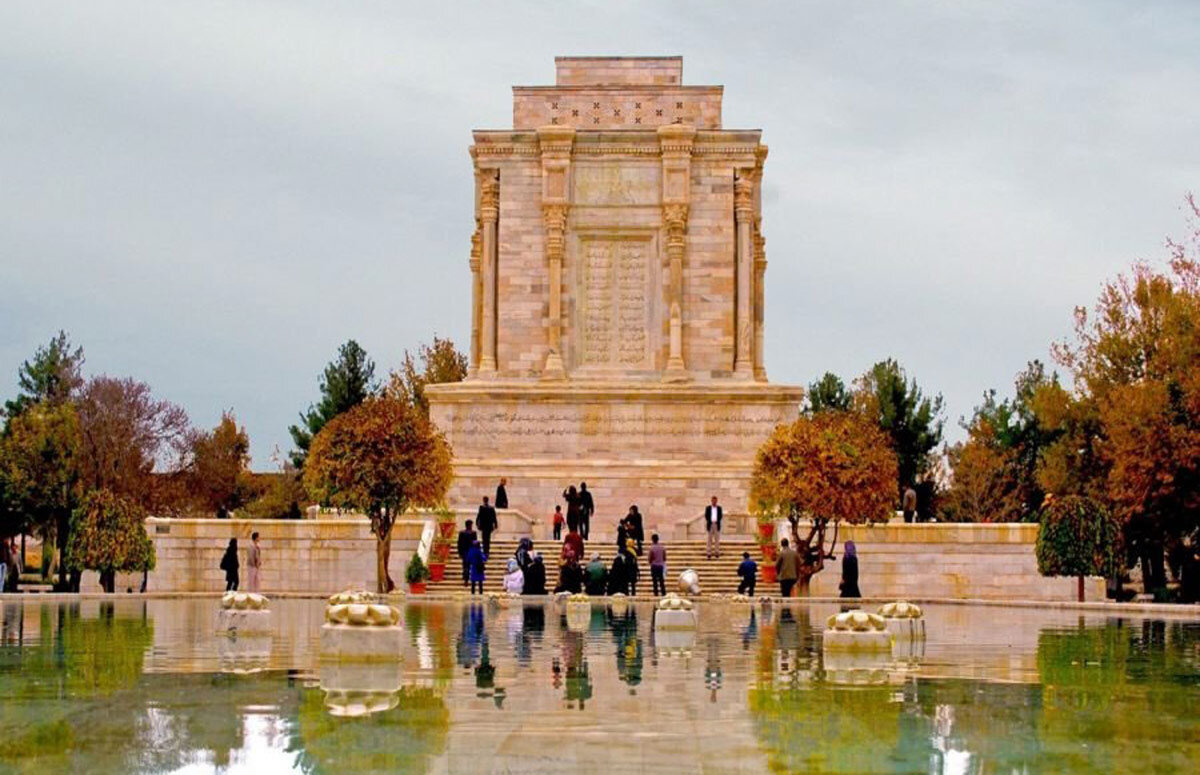Khorasan Razavi historical sites receive 220,000 New Year visits

TEHRAN - More than 220,000 people visited the historical and cultural attractions of Khorasan Razavi during the two-week Nowruz holidays, the deputy provincial tourism chief has said.
In an interview with ISNA regarding the visitation rate to the historical, recreational, and tourist centers of Khorasan Razavi during Nowruz 1403, Ehsan Zohrevandi stated: “A total of 220,632 visits were made to the historical and cultural attractions of Khorasan Razavi during Nowruz 1403.”
“Of this figure, 220,437 visitors were domestic, and 195 were foreign tourists,” the official said.
The official said the mausoleum of Ferdowsi with over 100,000 visits stands at the top of the list of Nowruz visitors to historical and cultural sites of the province.
“The tomb of Khayyam with over 45,000 visits, the tomb of Attar with over 25,000 visits, Naderi Museum with over 22,000 visits, Harounieh with approximately 5,000 visits, the Great Museum of Khorasan with around 3,000 visits, and Kalat Museum with 3,500 visits are placed in the subsequent rankings.”
The history of the Khorasan region, which extends, along the north, from the Amu Darya (Oxus River) westward to the Caspian Sea and, along the south, from the fringes of the central Iranian deserts eastward to the mountains of central Afghanistan, stretches back to very ancient times.
As mentioned by Britannica, the Khorasan region was part of the Achaemenian Empire of the 6th to 4th century BC and the Parthian Empire, which spanned from the 3rd century BC to the 3rd century CE.
Khorasan, as a result of its troubled history, is peopled by a great variety of ethnic groups. Modern Iranian Khorasan is largely agricultural, producing fruits, cereals, cotton, tobacco, oil plants, saffron, and some silk. Livestock is plentiful; wool, lambskins, and goat hair are exported, and poultry is also raised.
The mineral products include turquoise, salt, iron, copper, lead, zinc, chromium, magnesite, and coal. Cement, processed foods, ginned cotton, carded wool, sugar, pharmaceuticals, animal fodder, and textiles are manufactured products. Handicrafts include jewelry, rugs and carpets, furs, dolls, glassware, and hand-loomed cloth.
AM
